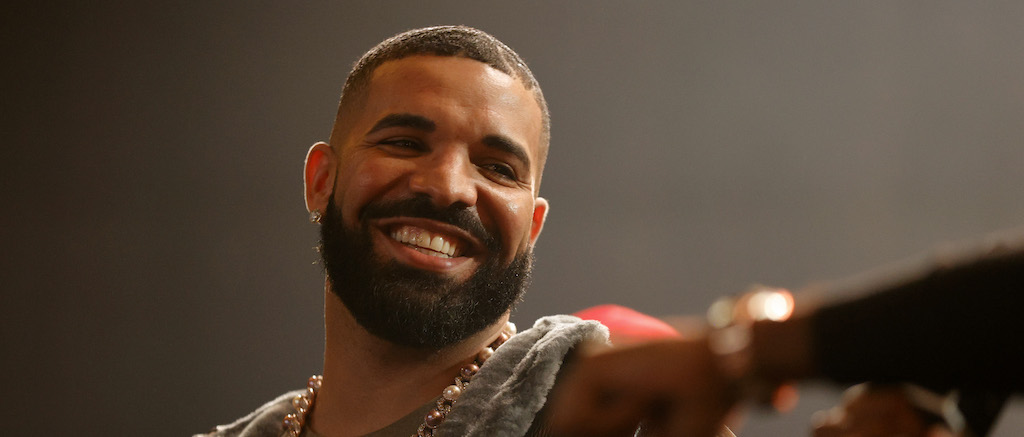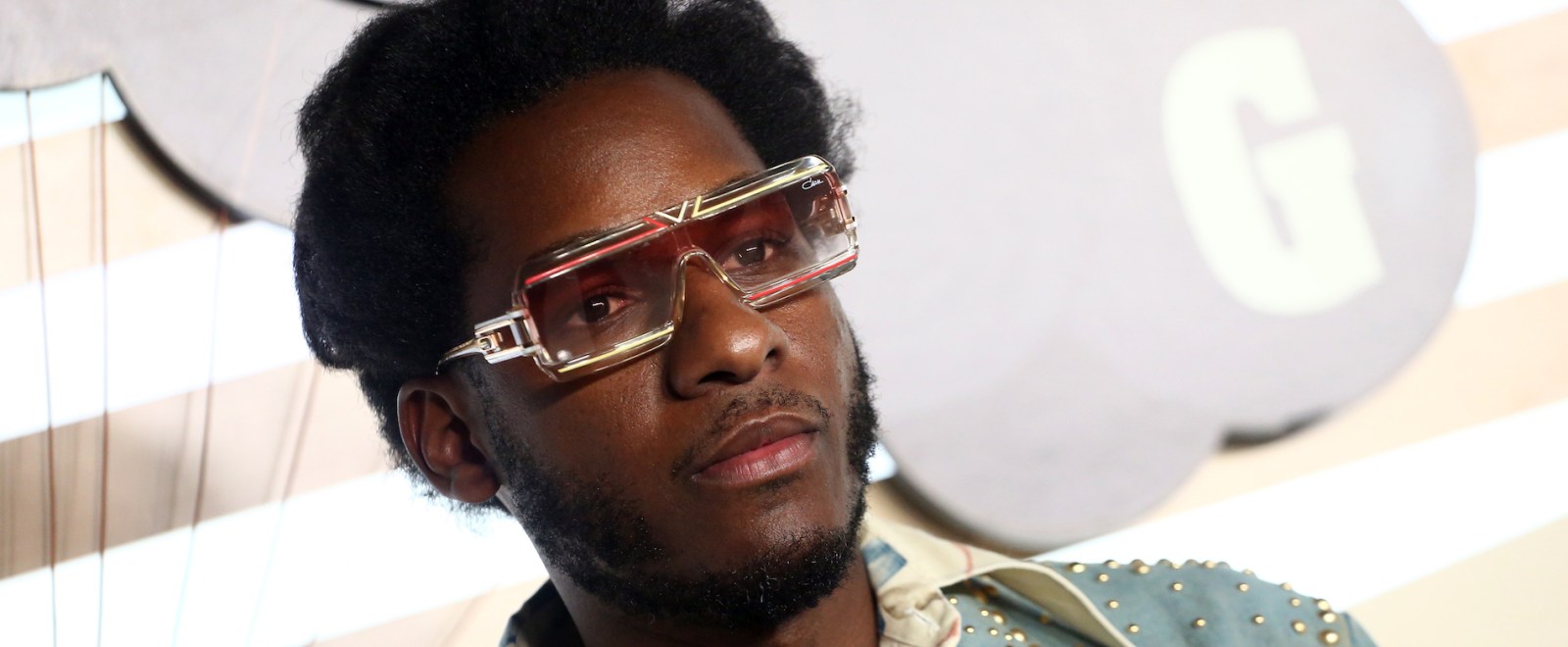For all the hand-wringing and hype it’s generated over the past month, Kanye West’s stem player is a relatively unassuming-looking device. Smooth, round, and weighing only a couple of ounces, it reminds me of countless other fidget toys that sparked monoculture crazes in my lifetime. It’s been compared a bunch to HitClips, those weird little memory card things Tiger Electronics put out in the early 2000s that played a minute-long clip of top 40 hits, but that’d be like comparing Zack Morris’ Motorola DynaTAC 8000x to an iPhone 13. The stem player does so much more than that — although, in the grand scheme of things, for what it does do at its price, you’d be better off with the phone and a mobile digital audio workstation.
Developed by Kano, a tech company specializing in gadgets like headphones and computer mice, the stem player is a palm-sized puck with only a handful of buttons ringing its exterior and four crisscrossed grooves atop its gently curved surface. These grooves are touch-sensitive controls allowing the user to adjust the volume of four audio tracks — or stems — parsing out roughly to bass, drums, synth, and vocals. The appeal of the device is in its simplicity; one need not have studied Cubase in college or tooled around with Pro Tools for 10,000 hours to feel relatively comfortable “remixing” music loaded into the device, with playback provided by a small speaker on the side or headphones that can be plugged in next to it.
When it’s activated, each of the four touch grooves lights up with an appealing array of colors, and when users slide their fingers or thumbs across them, the response is instantaneous. It allows users to drop the vocal track to highlight the instrumental, turn tracks drumless, and even play parts of songs in reverse using the track skip buttons on the side. This gives a lot of options for the novice producer to experiment with the tunes they upload to the device, which automatically culls and separates the stems to the appropriate control via artificial intelligence. It’s an amusing toy that could conceivably offer hours of distraction and potentially even some truly creative remixes of existing songs or the creation of entirely new ones.
Unfortunately, at $200, that toy is egregiously overpriced for what it does offer. In the hours spent tooling around with it, I found myself both impressed by the innovation, and unimpressed by the execution. While it’s easy to learn to use — unlike Cubase or other full DAWs, which, yes, I did study in college — and even a pleasure to do so once you get used to its weird, sex toy skin (why does the thing need to feel like it belongs in the naughty drawer?), its limits are readily apparent after the novelty wears off. I was sent the device by Kano for review; I’d never pay full price for it, knowing that I could easily just download BandLab or FL Studio for a fraction of the price for a device I already spend most of my day staring at — which, ironically, also fits in the palm of my hand.
And while pulling the stems from existing songs is likely the primary draw for most folks, the biggest problem I saw with that was that the album that comes preloaded on it only too perfectly highlights the drawbacks of that technology. Donda 2 is seemingly designed to work with the stem player, yet there were multiple times during playback when I noticed the imprecise parsing of the tracks. Truth be told, very little music is so easily broken down into just four audio stems — something I learned tooling around on a four-track cassette recorder I won in a rap contest in high school. While the production on Donda 2 is nearly as stripped-down as it gets, there were multiple times I noticed that certain songs wound up with only three tracks or that upon isolating each track, certain sounds got grouped together — i.e. the drum track would have a subliminal buzz of bass, or that synths would vanish along with drums as I lowered the drum track. (Incidentally, this also highlighted how sparse, dry, and uninspired the production on Donda 2 actually is.)
The biggest drawback to the stem player is its price point. At $200, it’s hard to recommend a purchase when I know that devices like the Artiphon Orba do more for less, with nearly the same hook (a handheld audio controller), no less. Even if the stem player were a completely original product, it’s a little like HitClips in that it’ll likely end up back in the drawer after a couple of months when users go back to streaming music from their mobile devices, which have the added benefit of keeping them connected to the world. I’m not the only one put off by the price tag, either; within hours of Donda 2‘s exclusive release via the stem player, fans had bootlegged both the album and the tech that makes the device work. As a legitimately fun fidget toy, though, I like the stem player, but by pricing out its target demographic and linking itself to a controversial figure like Kanye, it may well have missed even the chance for the sort of fad that makes other gizmos like it such fond memories for so many.

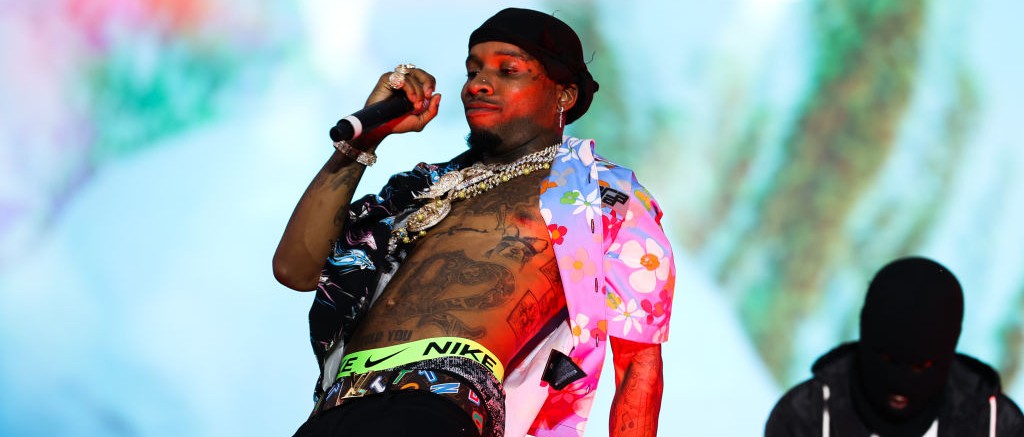


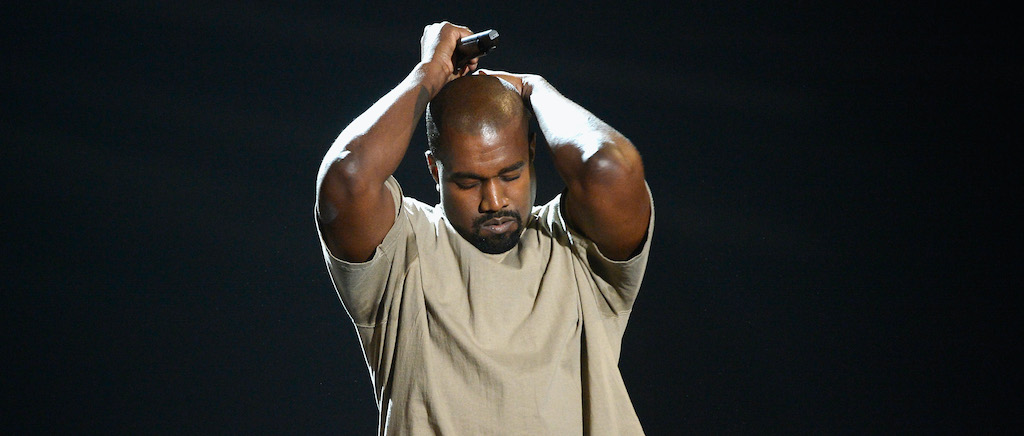
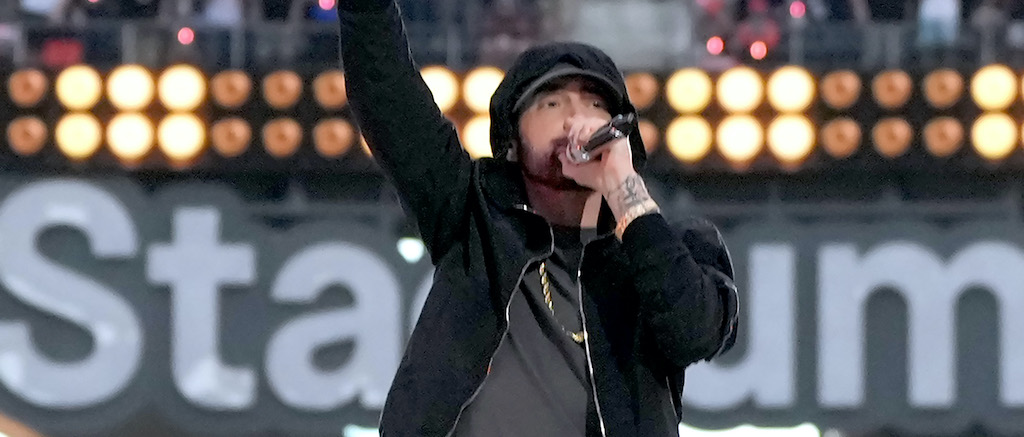
 With 73.5 million NEW certified units,
With 73.5 million NEW certified units,  166 MILLION career Single Awards!
166 MILLION career Single Awards! 

 s!
s! 